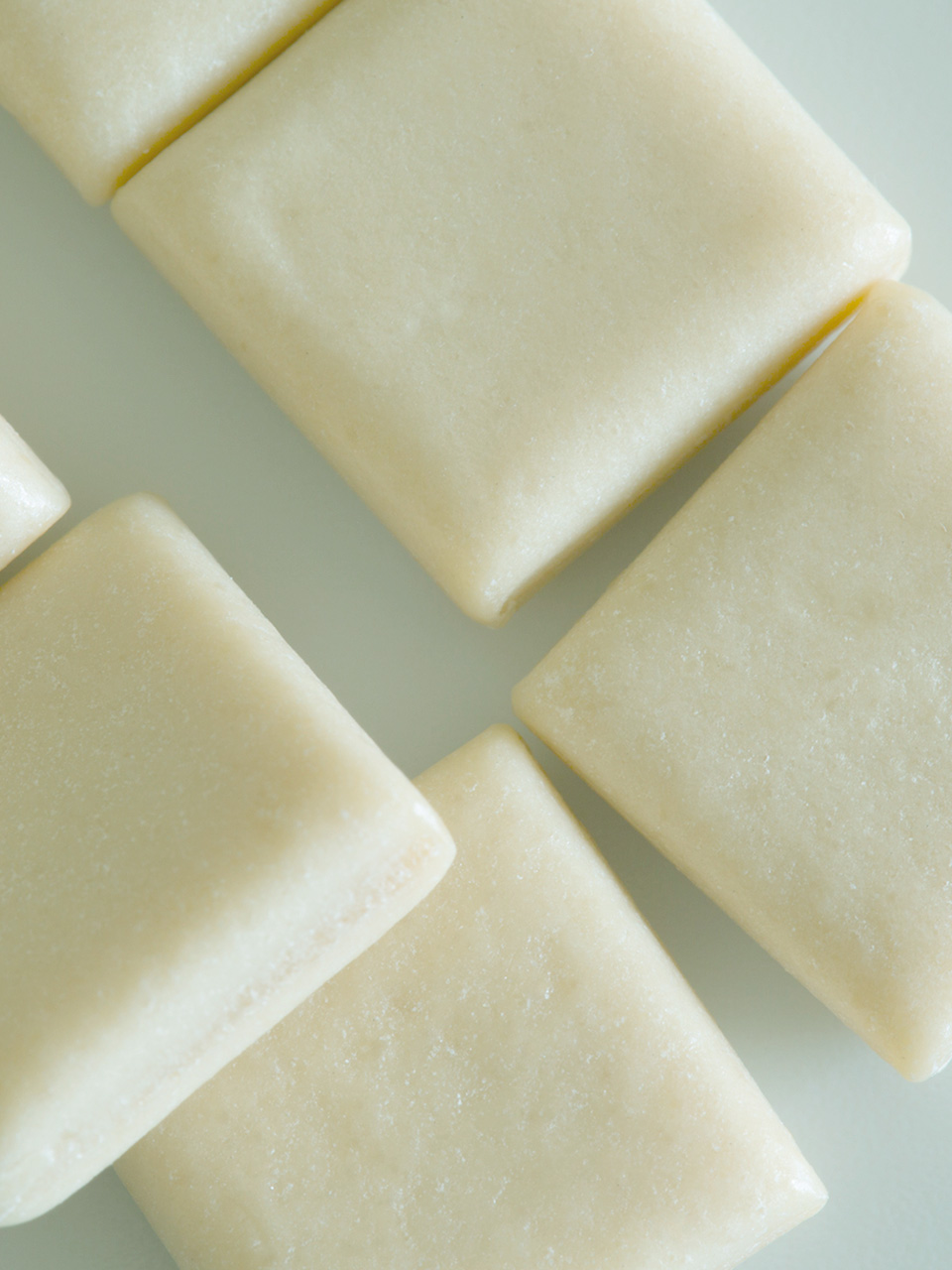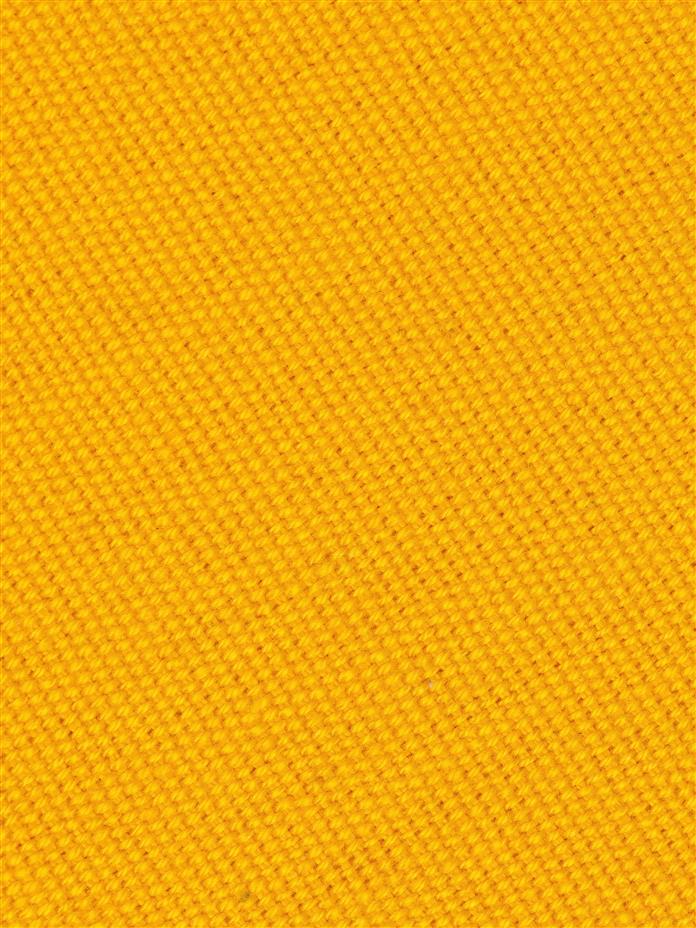
Tap to Read ➤
Cellulose Gum and its Significant Functions
Mrunmayi Deo

While going through the ingredient list on packages of processed food, you may have come across the term cellulose gum. This story explains what this ingredient is and its functions.

Starch and cellulose are food ingredients that are specially known for gelling or used as thickening agents for providing stability in processed and packaged food products. Cellulose gum does exactly the same.

Scientifically known as carboxymethyl cellulose or CMC, it is also popular as cellulose sodium glycolate, purified CMC and sodium carboxymethyl cellulose. You can call it one of the most popular food additives used worldwide. Let us elaborate more on the subject in this article.

To start with, the structure of cellulose gum is such that when mixed with cold or hot water, it forms a very thick consistency and a gum-like mixture. The natural or raw gum is obtained from wood pulp and cotton cellulose or cotton fibers that is severely processed to form a very fine and grainy white powder.

If you happen to check the process which goes into its making, it is pretty complex involving extraction because of which its purity is affected to a greater extent. Technical grade cellulose gum, semi-pure cellulose gum and purified cellulose gum are the types in which it is sold in the market.

However, the purest form is the last one which is recommended for human consumption and thus used in a variety of food products. If you want to know what cellulose gum exactly does, then note the following.
- Stabilizes proteins
- Adds and improves overall food texture
- Forms oil resistant film

- Retains moisture in food products (milk products, yogurt, ice cream, pet foods, baked goods, syrups, and beverages)
- Imparts good thermal stability
- Acts as an efficient emulsifier
- Acts as an appetite suppressor

Owing to its unique properties, cellulose gum is not only a food product but also present in personal care products like toothpaste, shampoos, lotions, ointments and lotions. It is widely used in detergents to give them a sticky sort-of texture. It is used in manufacturing paper (precisely for coating it) and in ceramics too.

Gluten intolerance is not a healthy body state. There are certain individuals who cannot digest gluten and suffer from bowel discomfort, many a time. Such individuals have to rely on gluten-free food products only because of which cellulose gum is manufactured gluten-free.

Whenever it comes to food additives, many people fear the harmful side effects accompanying their use. Consider yourself lucky, because cellulose gum is not associated with any such side effects. According to research, cellulose gum is difficult to digest and hence passes through the intestine very easily without causing any trouble to the entire system.

Because of the recent development, modified cellulose gum has been used in place of cellulose gum by processing the latter with chemicals. There are a lot of controversies and debates regarding the safety of the substitute. Too much of its consumption could lead to nausea, vomiting, gas, bloating, and diarrhea and hence, the use should be restricted, always.